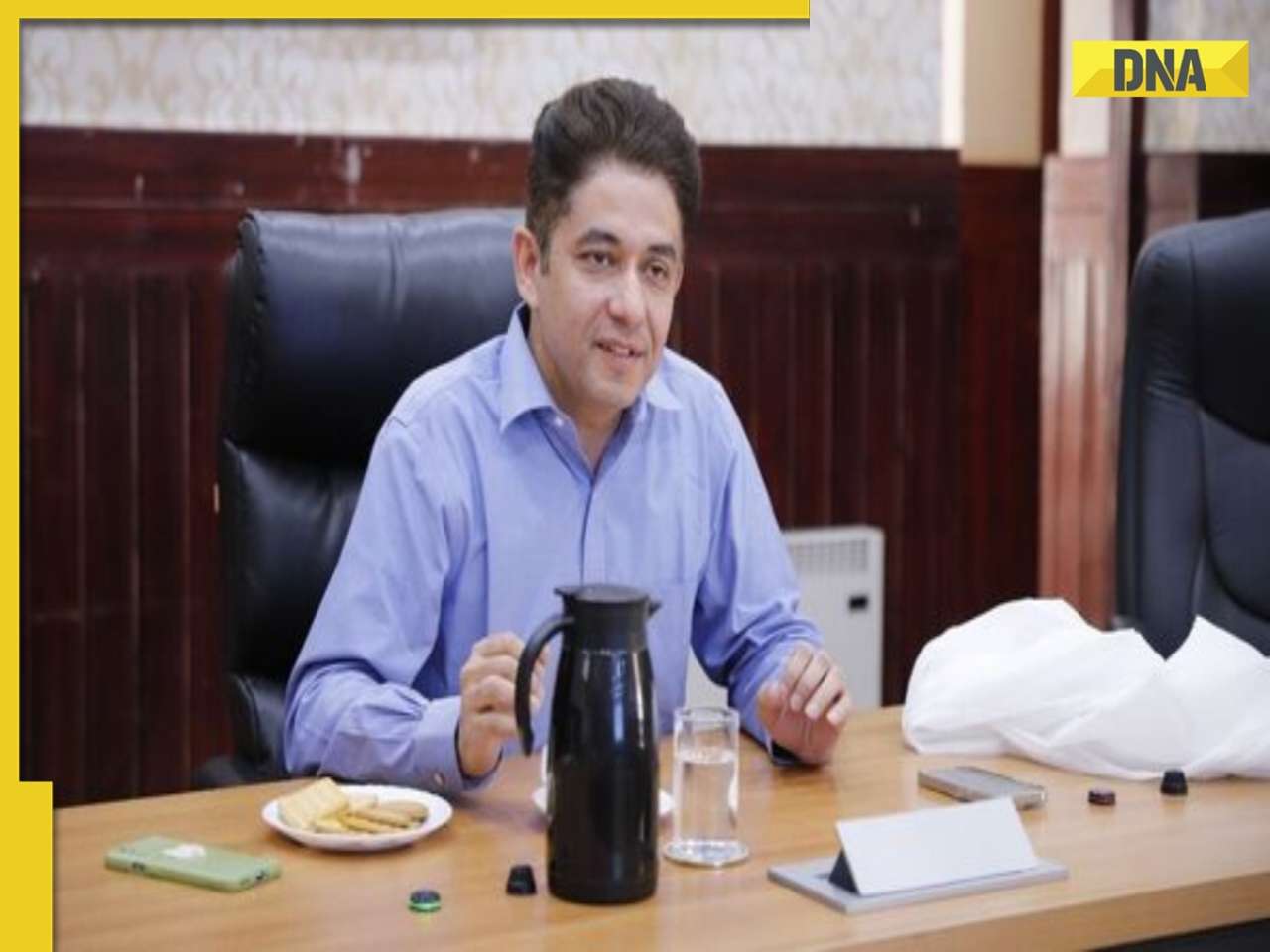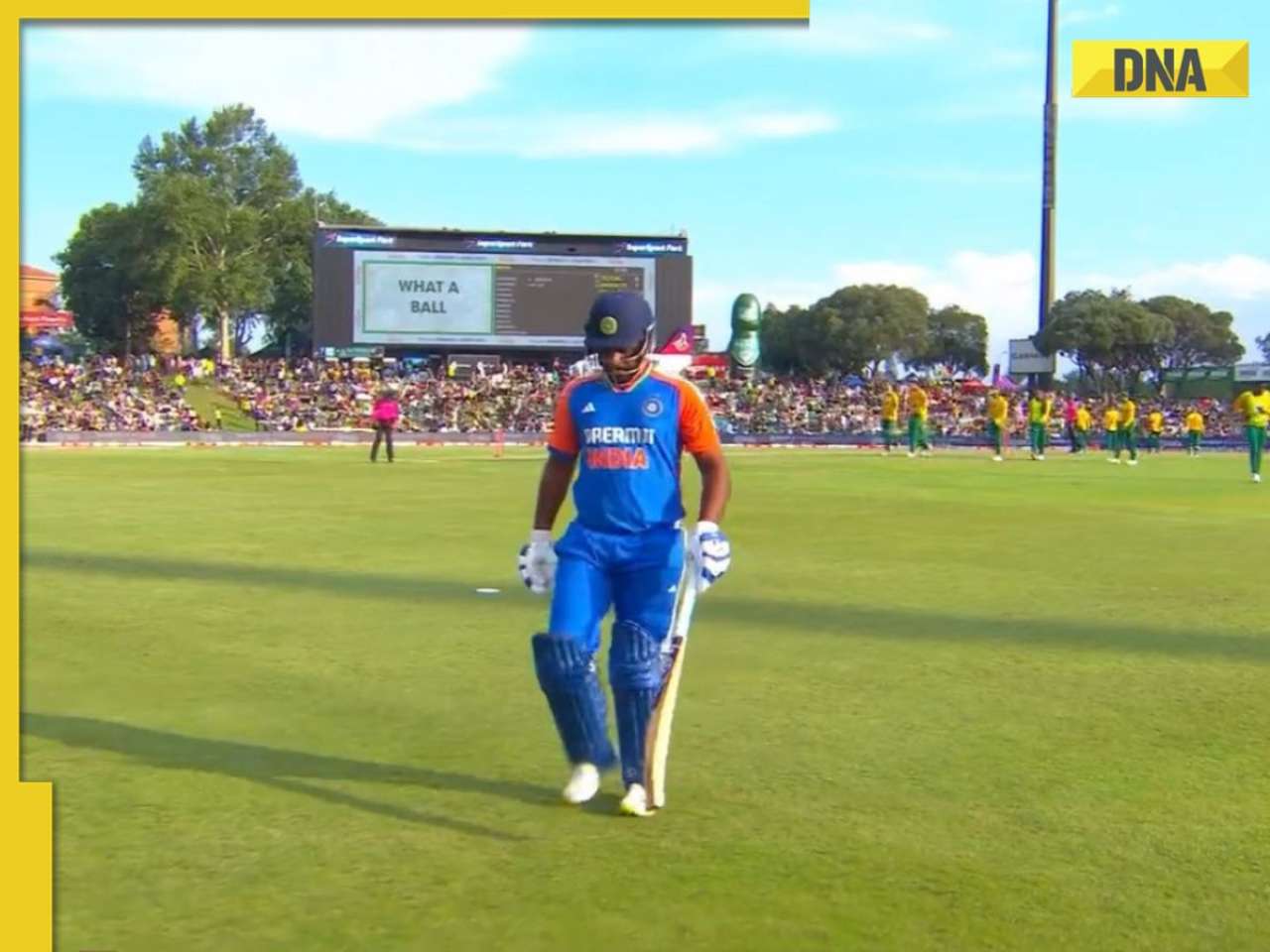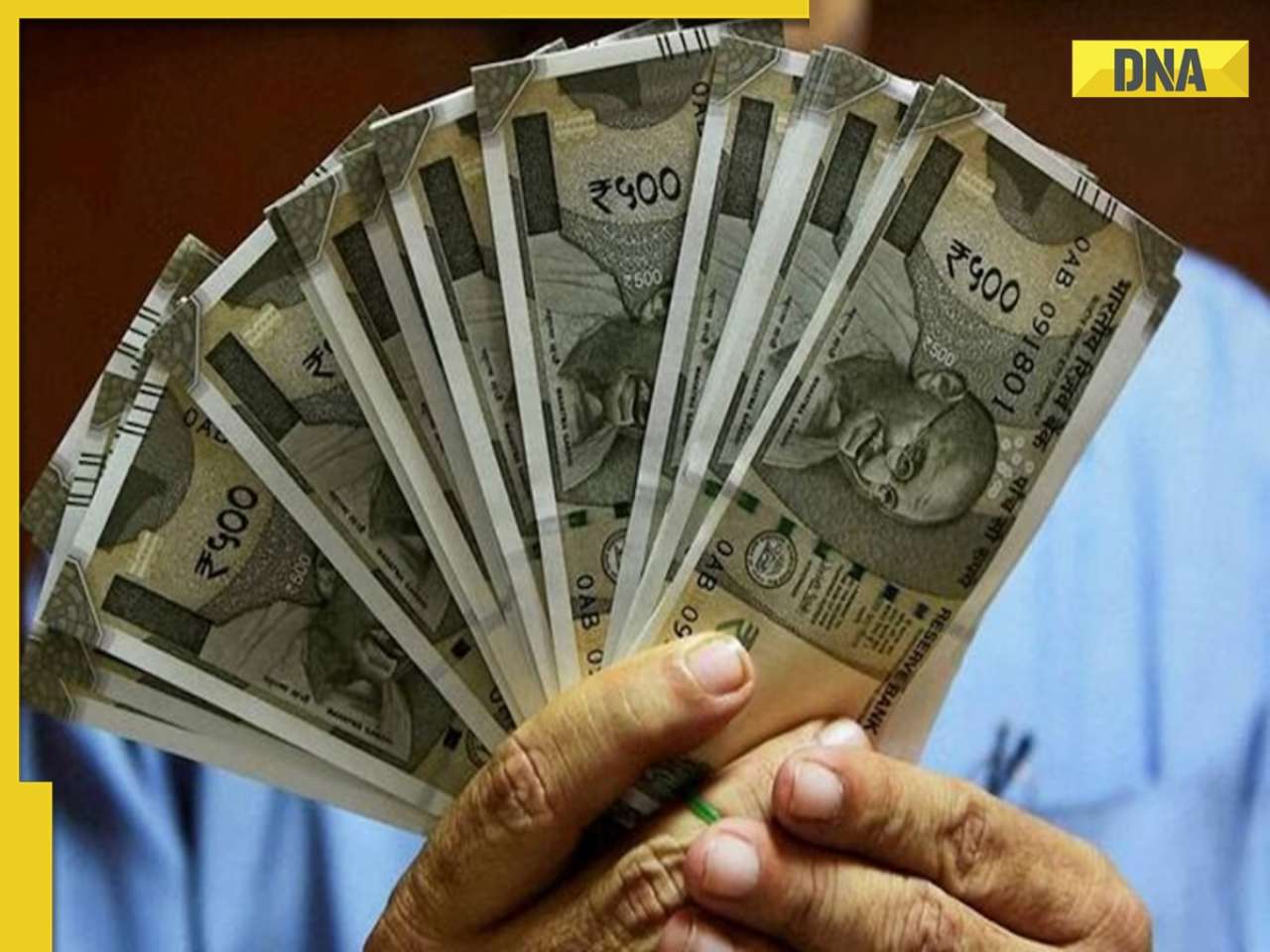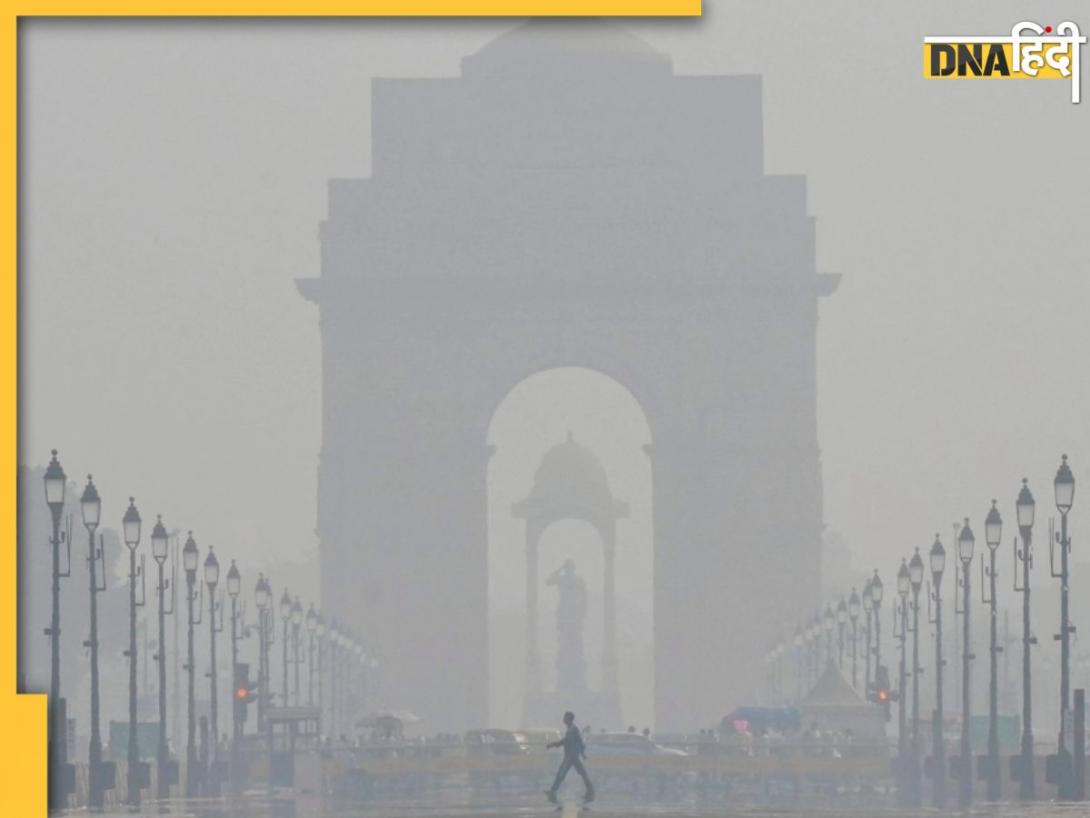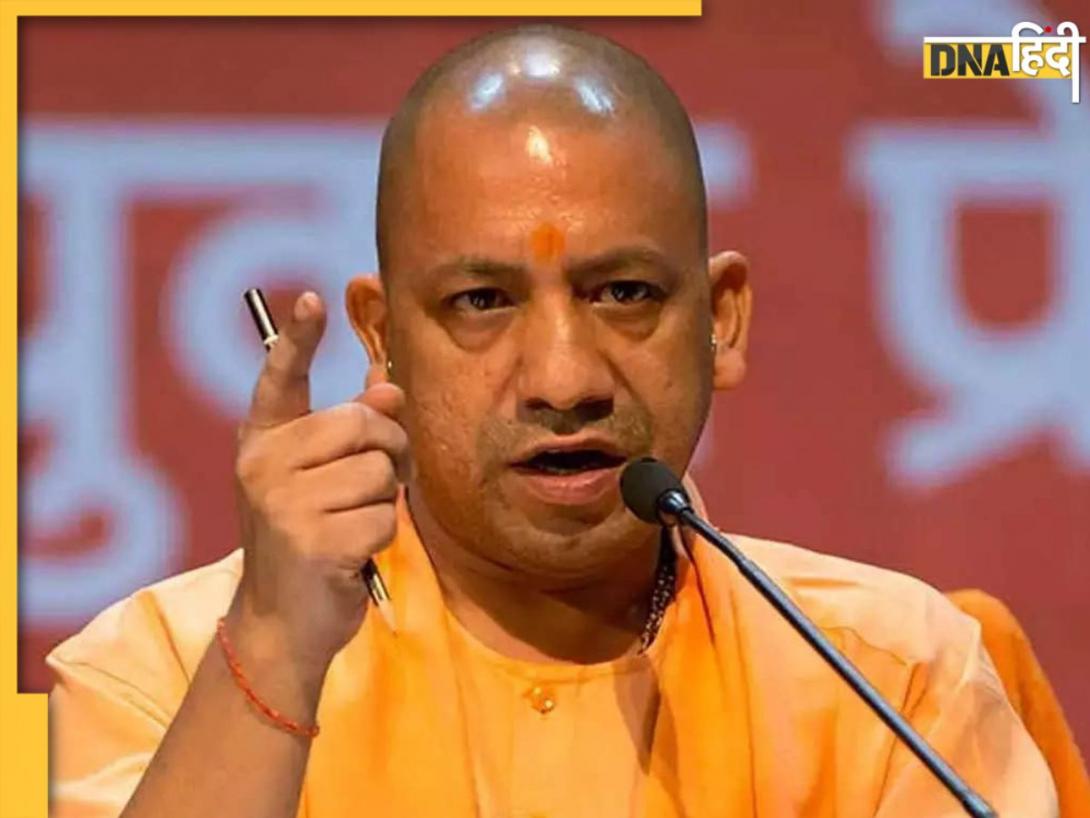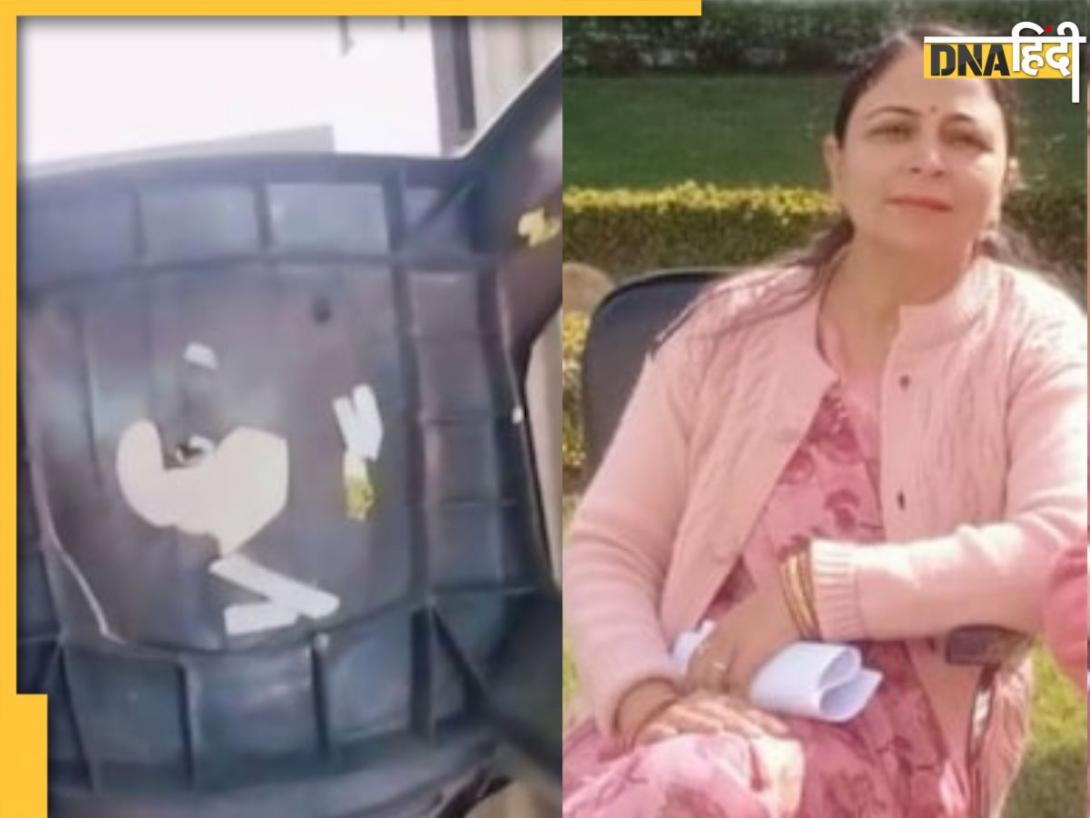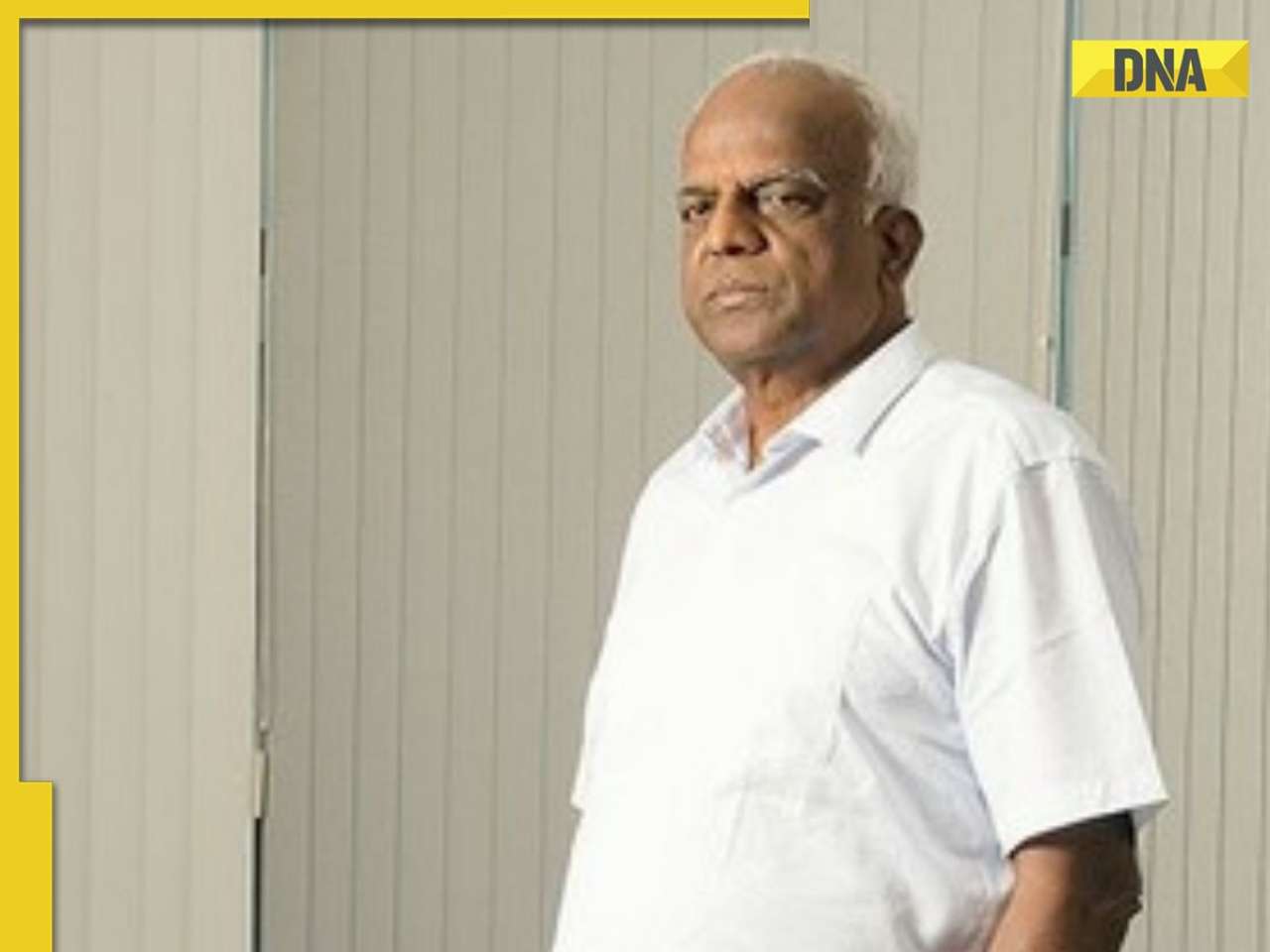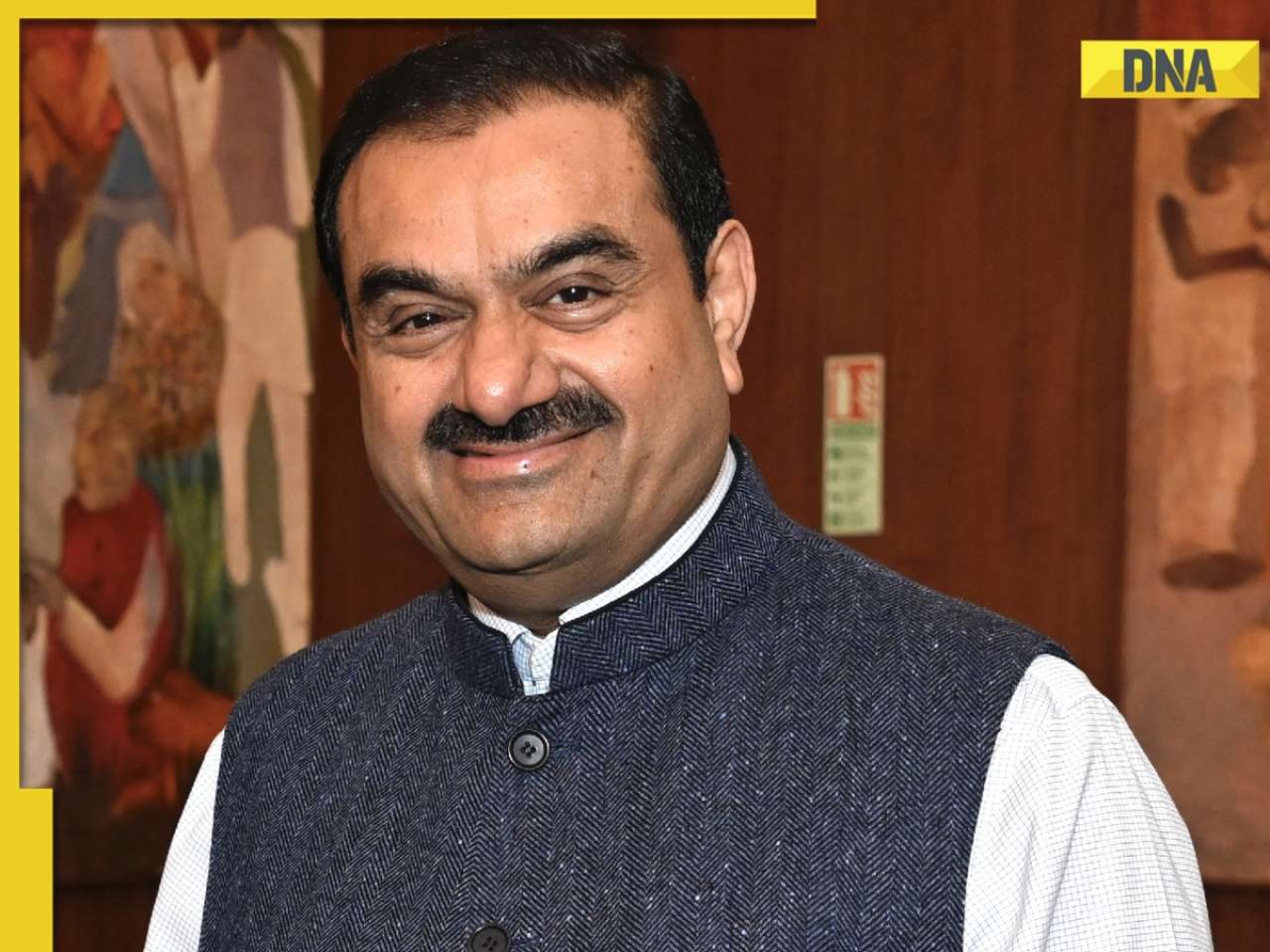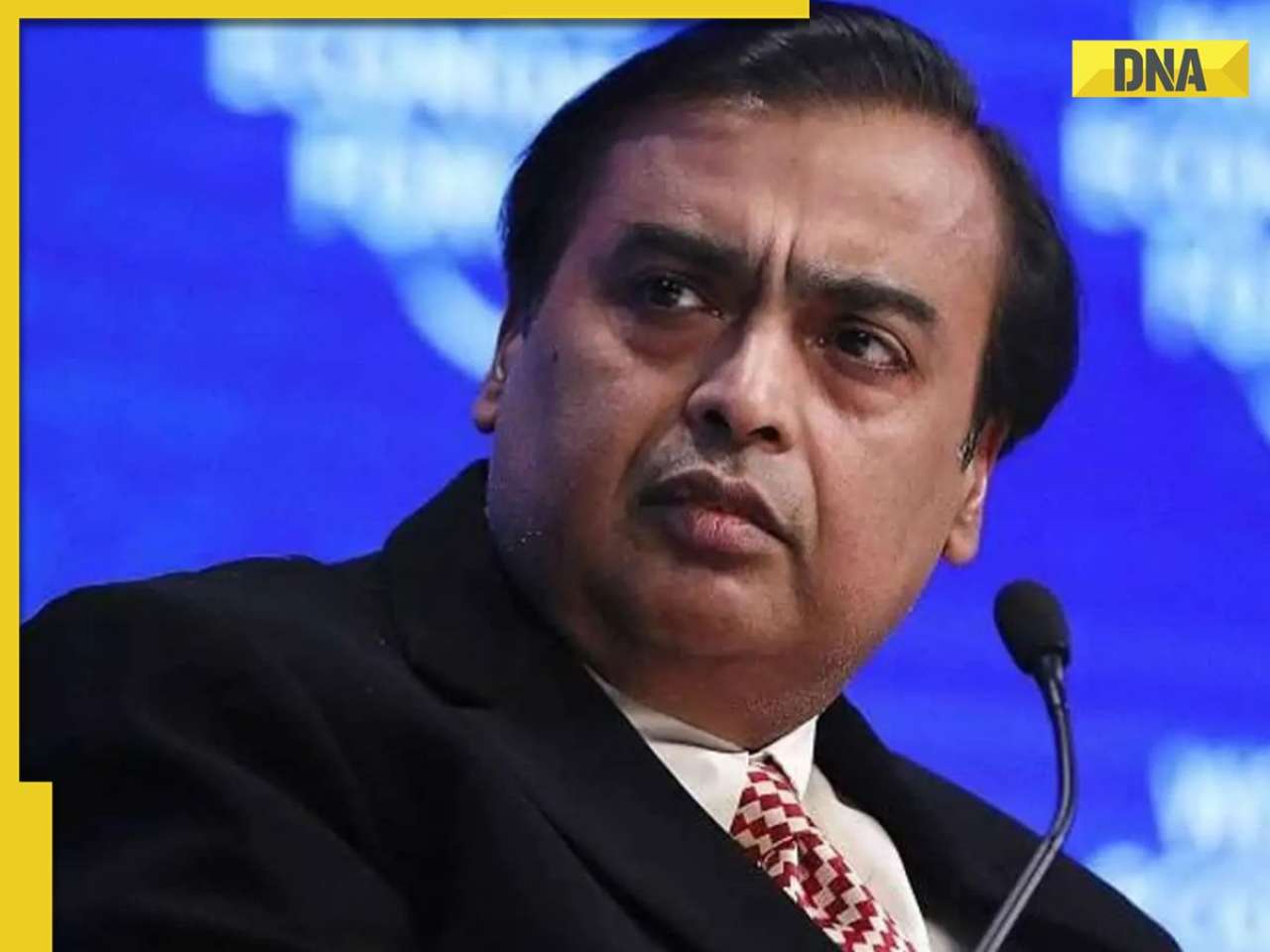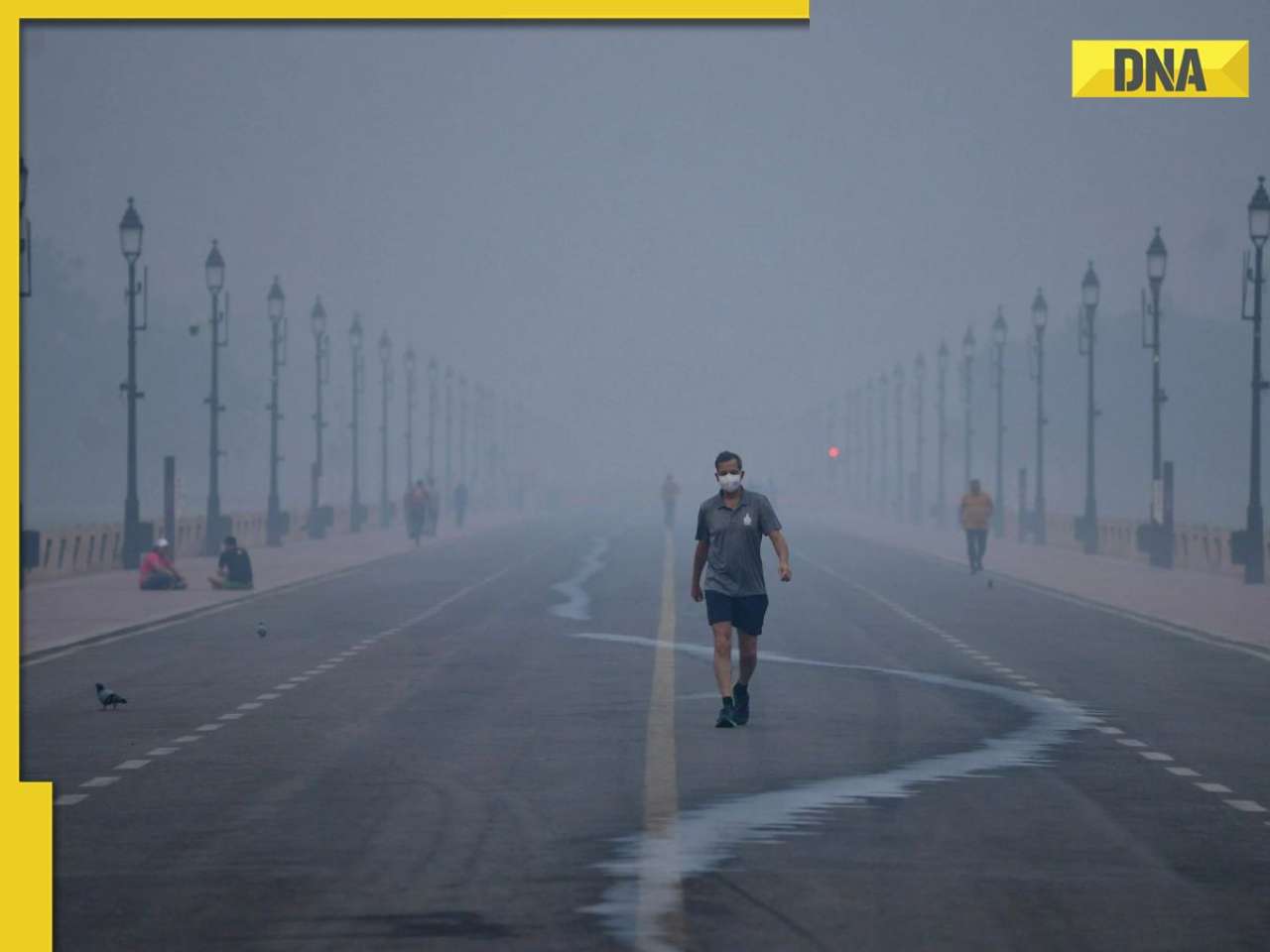- LATEST
- WEBSTORY
- TRENDING
BANGALORE
Unchecked pollution chokes TG Halli
Fears that the water of TG Halli reservoir is polluted have been stoked anew.
TRENDING NOW
Fears that the water of TG Halli reservoir is polluted have been stoked anew.
That the reservoir is not sufficiently shielded from pollution has always worried the managers of Bangalore’s water supply. Ever since drinking water was sourced from here, there have been efforts to keep the region free of pollutants. Now, it is evident that these have not been completely successful.
Human habitation in the upstream of TG Halli has gone on unchecked. Where does sewage from residential hubs flow, if not downstream into the reservoir?
“Between Hesaraghatta and Thippagondanahalli, there are plenty of layouts. Industries have come up in Nanjangud, Mysore, Mandya, T Narasipura, Kollegal and these are not monitored strictly. Agricultural activity is also going on,” says MN Thippeswamy, former BWSSB engineer who is a consultant on waste water management. He will talk on the challenges of waste water management in Bangalore on Tuesday.
High concentration of phosphorous and nitrate are to be blamed. BWSSB’s approach to water supply is just damage control, not prevention, he says.
Whether its treated water is meeting the standards can be checked at the reservoir itself. The Bureau of Indian standards states that the water has to clear 33 parameters including chemical, bacteriological and radiological.
However, the water that reaches the consumer may not be of the same quality; pollutants could be entering the stream along the way, he suspects. That too needs to be looked into according to WHO’s water safety plan published in 2004. Not only should the catchment be kept free from pollutants, even the flow to the consumer should be monitored.
“There has to be surveillance by a third party that will test random samples periodically and announce the results,” he says.
Although there are multiple agencies involved, the area is vast. Hence, monitoring the activities around it has been a challenge. In the late 1980s, the pollution board and the government took a stand not to allow a large township to come up near Tavarekere upstream of TG Halli. In recent years, mechanisms to check pollution have become lax.
BBMP health officers monitor water quality more actively in summer. They take about three samples per week per ward during the hot months.
However, they check for chlorine content. The concentration dropping to less than 0.1 ppm could allow growth of disease-causing organisms.
It is only when the water is chlorine deficient to this extent that further tests are undertaken at the PHI where such samples are sent. Samples are not tested for all aspects routinely.


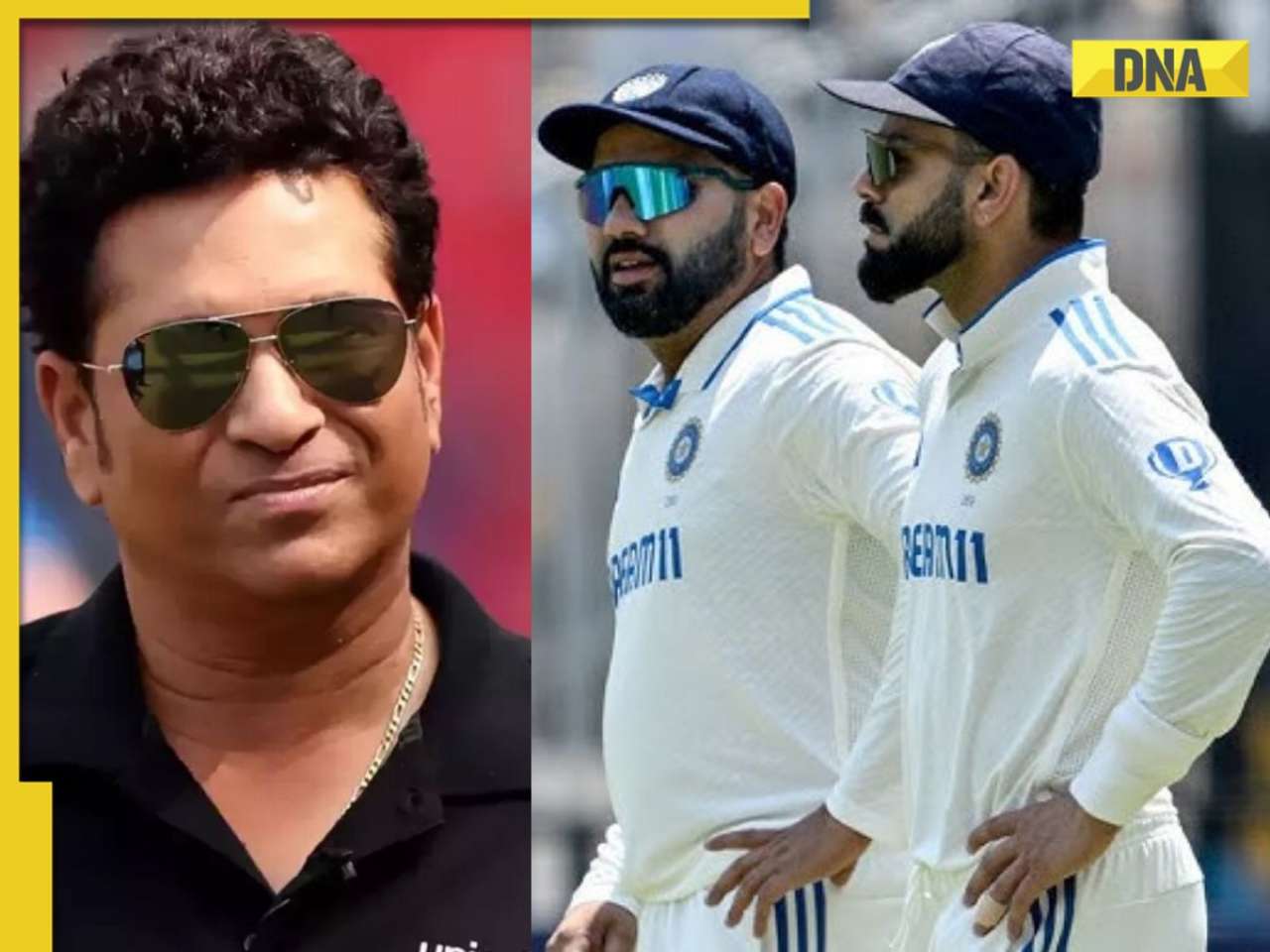
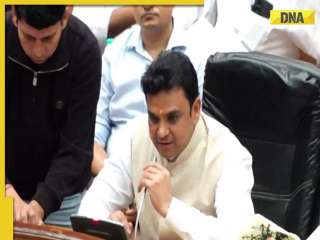




)
)
)
)
)
)
)
)
)
)
)
)
)
)
)





